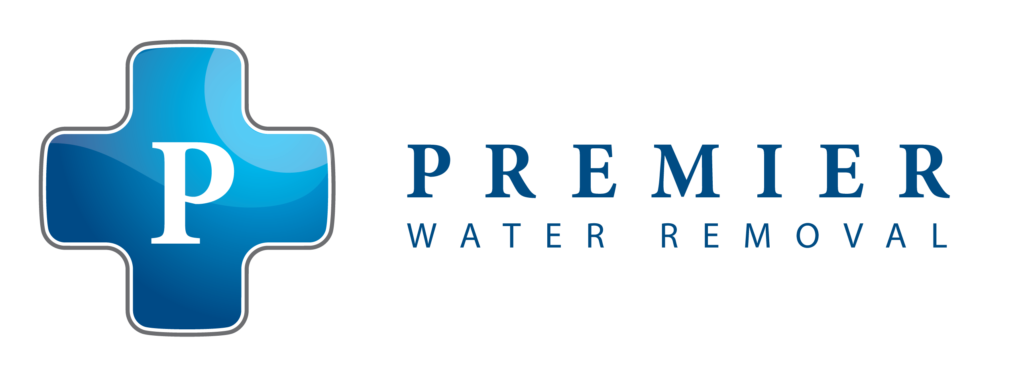Flooding can cause significant damage to our homes if not addressed promptly. When water invades our living spaces, it not only threatens the structure of our homes but also poses health risks, such as mold growth and bacterial contamination. Acting swiftly when faced with flooding can greatly reduce the amount of damage and the cost of repairs. It’s essential to know how to identify the source of the flooding and take immediate steps to remove the water and dry out the affected areas.
We need to understand that the first step in managing flood damage effectively is identifying where the water is coming from. This knowledge helps us decide the best course of action to stop the influx of water. Following that, swift water removal is crucial to prevent further damage. This includes using various techniques and tools to extract as much water as possible from our homes. After the bulk of the water is removed, the process of drying and dehumidifying the space is necessary to ensure that no moisture is left behind. This step is crucial to prevent the growth of mold and maintain a healthy living environment.
By following these steps, we can protect our homes from the devastating effects of flooding and ensure they remain safe and dry. Understanding each step in the process empowers us to take confident and effective action when water damage strikes.
Identifying the Source of the Flooding
When our homes flood, the first and most crucial step is figuring out where the water is coming from. Identifying the source quickly helps us take the right steps to stop more water from entering our homes. Common sources of flooding include heavy rains, broken pipes, clogged drains, and malfunctioning appliances. Each of these sources requires different methods to control and stop the water.
If the flooding is due to rain, inspect windows, doors, and the foundation for leaks. Check for areas where water is pooling outside your home and ensure that gutters and downspouts are directing water away properly. If a broken pipe is the culprit, turn off the main water supply immediately to prevent more water from flowing into your home. Malfunctioning appliances like washing machines or water heaters can also cause significant flooding. In such cases, turn off the appliance and look for ways to stop the water flow. Identifying the exact source of the flooding lets us effectively tackle the problem and prevent additional damage.
Quick Water Removal Techniques for Immediate Action
Once we have identified and controlled the source of the flood, it’s time to remove the standing water quickly. Acting fast is essential to minimize damage and reduce the risk of mold growth. Here are some quick water removal techniques to get started:
1. Using a Wet/Dry Vacuum: A wet/dry vacuum is an excellent tool for efficiently sucking up standing water. It works well on different surfaces, including carpets and hard floors.
2. Mopping and Blotting: For smaller areas, using mops, towels, and buckets can help in soaking up the water. Focus on areas that could soak up and retain water, such as carpets and upholstered furniture.
3. Moving Furniture and Belongings: Elevate or remove furniture and other items from the affected area to prevent further water damage. Place them in a dry, well-ventilated space to help them dry out.
If the weather allows, it is important to keep the room well-ventilated by opening windows and doors. Fans can also help circulate air and speed up the drying process. Once we remove the bulk of the water, the next step is addressing any remaining moisture to ensure our homes are thoroughly dry and safe.
Advanced Moisture Detection Instruments
While visible water might be easy to spot, hidden moisture poses a significant challenge. Advanced moisture detection tools help locate concealed dampness within walls, floors, and ceilings. These instruments ensure that all moisture is identified and treated, preventing future problems such as mold growth and structural damage.
We employ moisture meters and thermal imaging cameras to detect hidden water. Moisture meters measure the moisture content in materials like wood and drywall, giving precise readings that help guide the drying process. Thermal imaging cameras reveal temperature variations behind walls and under floors, highlighting areas where moisture may be hiding. By using these tools, we can ensure that no area goes unchecked, leading to a more thorough and effective cleanup.
Specialized Cleaning and Sanitizing Tools Used by Professionals
After extraction and drying, the cleanup process requires thorough sanitization to ensure a safe environment. Various tools and techniques are utilized to clean and disinfect areas affected by water damage, addressing any contaminants that the water may have brought in.
We use specialized cleaning agents and equipment to sanitize and deodorize the space. Industrial-grade cleaning solutions target bacteria, mold, and other harmful microorganisms that thrive in damp environments. Air scrubbers are employed to filter out airborne particles, improving indoor air quality. Additionally, antimicrobial sprays can be applied to affected surfaces to inhibit mold growth. These cleaning and sanitizing methods are essential for restoring a healthy living space and ensuring your home is safe and comfortable again.
Wrapping Up Your Water Damage Restoration SolutionsConclusion
Effectively managing water damage involves a combination of specialized tools and expert techniques. From water extraction to moisture detection and thorough cleaning, each step is vital to ensure the safety and integrity of your home. Understanding these tools and their applications helps you appreciate the complexity and importance of professional water damage restoration.
If you’re dealing with water damage or want to be better prepared for potential incidents, trust the experts at Premier Emergency Water Removal to handle the situation with the right tools and expertise. Contact us today for emergency water extraction, providing peace of mind and a safe environment for you and your family.
